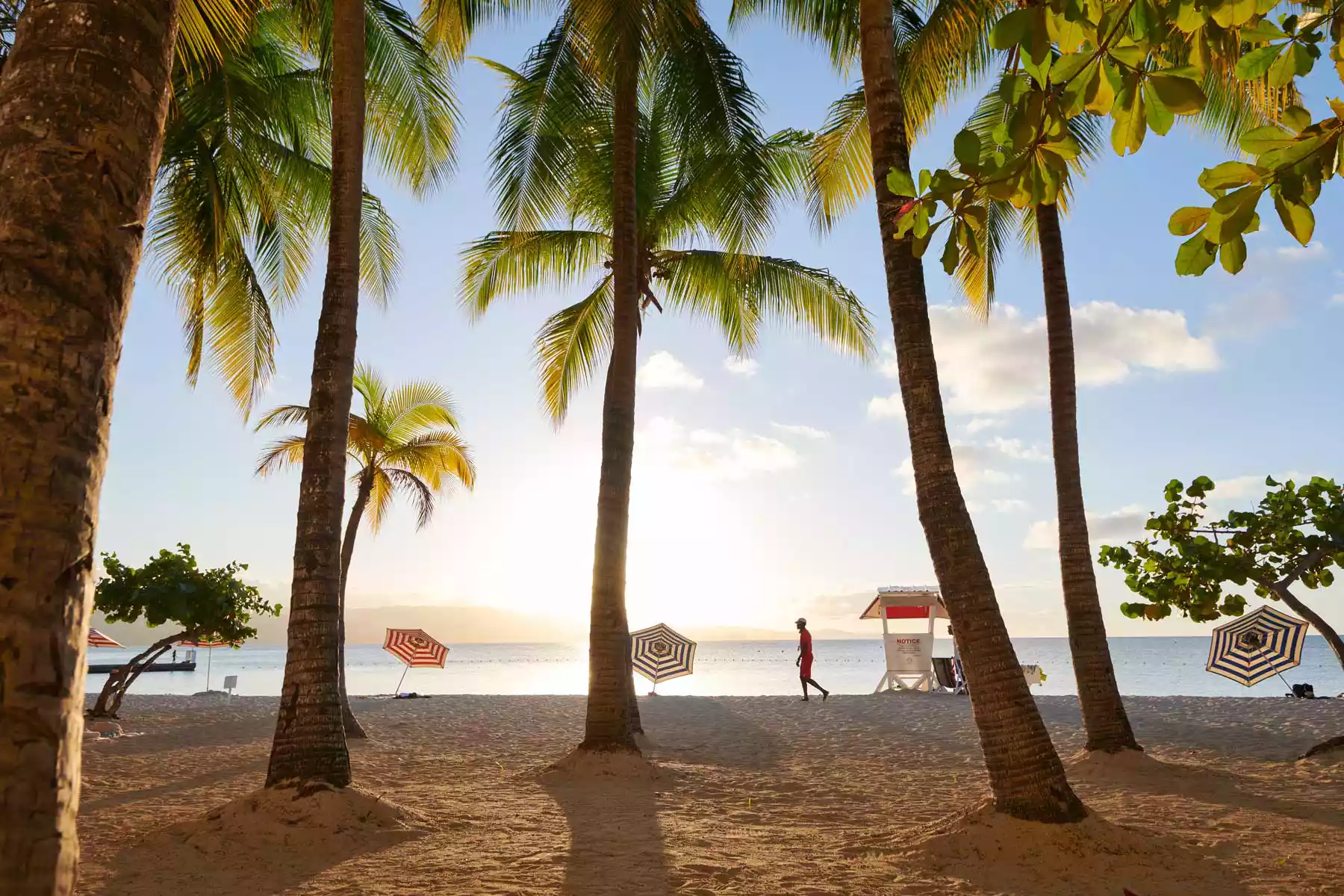The Vibrant Literary Legacy of Jamaica
When it comes to Jamaica’s cultural legacy, music looms large; however, the island also possesses a rich literary history that spans generations and is now reaching an international audience.
When I think of some of Jamaica’s historic literary figures—people like Claude McKay, the poet who found success during the Harlem Renaissance; Louise Bennett-Coverley, the folklorist affectionately known as Miss Lou who became recognized for her use of Jamaican patois in the 1960s and 70s; or Ian Fleming, the Englishman who penned all 14 of his James Bond novels from his home in Oracabessa—I wonder if they could have ever imagined a time like this. I wonder if they could have envisioned readers from around the world celebrating Jamaican literature in all its forms.
Festival Celebrations and Cultural Tourism
Those readers come for events like the Calabash International Literary Festival in Treasure Beach, on the southwestern coast, which celebrates its 20th anniversary this year. This festival holds a special place for me as a Jamaican literary critic and lecturer at the University of the West Indies. The festival has hosted notable figures including playwright Trevor Rhone and feminist author bell hooks, stimulating discussions about sexuality and patriarchy.
Moreover, although the festival seems to gain more momentum every year, it is, in fact, part of a long history of cultural tourism—one that began with the Jamaica International Exhibition in 1891, when over 300,000 people from around the world descended upon Kingston, the capital of what was then a British colony.
The Historical Significance of the Jamaica International Exhibition
On opening day, a gun salute welcomed future King George V and other dignitaries at the Kingston waterfront, with around 8,000 attendees—men in bowler hats and topcoats, women in high-necked Victorian dresses—passing through the enormous exhibition building. This structure housed artwork, advanced industrial machinery, and entertainment like variety shows and plays. At a time when the colony’s sugar industry was waning, this three-month spectacular provided an enormous boost to Jamaica’s burgeoning tourism trade.
The Jamaican writers of today share a desire to record our experiences in our own voices, having been marginalized historically and denigrated by European travelogues since the 1500s. There is a strong inclination to convert colonial education into uncompromising poetry and prose.
Modern Literary Expressions and Events
As the years have worn on, international attention has turned towards Jamaican literature. One hundred and thirty years later, I reflect on the Jamaica International Exhibition in comparison to the 20th anniversary of the Calabash International Literary Festival, and of the pioneering writers who paved the way for contemporary Jamaican authors.
For instance, nearly 85 years before Nicole Dennis-Benn published Here Comes the Sun and Patsy—two novels that center on the complexities of being female, working-class, and Black—the St. Elizabeth-born feminist Una Marson published poems like “Kinky Hair Blues,” highlighting issues of identity and self-acceptance.
A half-century earlier, novelist Marlon James became the first Jamaican to win the Man Booker Prize for A Brief History of Seven Killings, a fictional exploration of Bob Marley and state violence. Miss Lou was critiquing Jamaican class politics and colonial hypocrisy with poems that resonate with the life experiences of Jamaicans.
Embracing Jamaican Voices in Literature
Today, a stronger emphasis is placed on promoting Jamaican literary voices. Justine Henzell, a filmmaker and writer, along with fellow festival cofounders, has made it her mission to produce an “earthy, inspirational, daring, and diverse” event. This resonates with the growing global desire for literature to reflect varied perspectives.
In classrooms, initiatives like the Kingston Book Festival, launched in 2011, signify an investment in building Jamaica’s reading culture. This festival returns for its sixth staging in December, with its director emphasizing the importance of representation for readers in a formerly British colony.
The Rich Tapestry of Jamaican Literature
Today, Kingston, designated a UNESCO Creative City of Music, hosts a variety of literary initiatives. The convergence of music and literature is evident everywhere; as one director mentioned, “Word is the foundation of everything.” Authors are emerging, and literary spaces are evolving, showcasing Jamaica’s rich literary heritage.
As I navigate through Kingston with the spirit of Jamaican literature imprinted on my memory, I visit pivotal locations that shaped its narrative—from the National Library housing works by esteemed authors to community areas that nourished literary talent. The Bob Marley Museum stands as a homage to the cultural impact of music and literature intertwined.
Further across Jamaica, tales of both history and haunting resonate in places like Annee Palmer’s Rose Hall plantation, highlighting the layered narratives within literary works that have emerged from this beautiful island.
Conclusion: The Future of Jamaican Literature
In conversation with fellow authors and activists, it is evident that “Jamaican stories must be told in our own voice.” Celebrating the beauty of stories continues to be a shared objective. The Calabash International Literary Festival is set to tentatively run May 28–30, pending government approval, at Jakes Hotel in Treasure Beach.
A version of this story first appeared in the March 2021 issue of GoTravelDaily under the headline Beach Reads.





